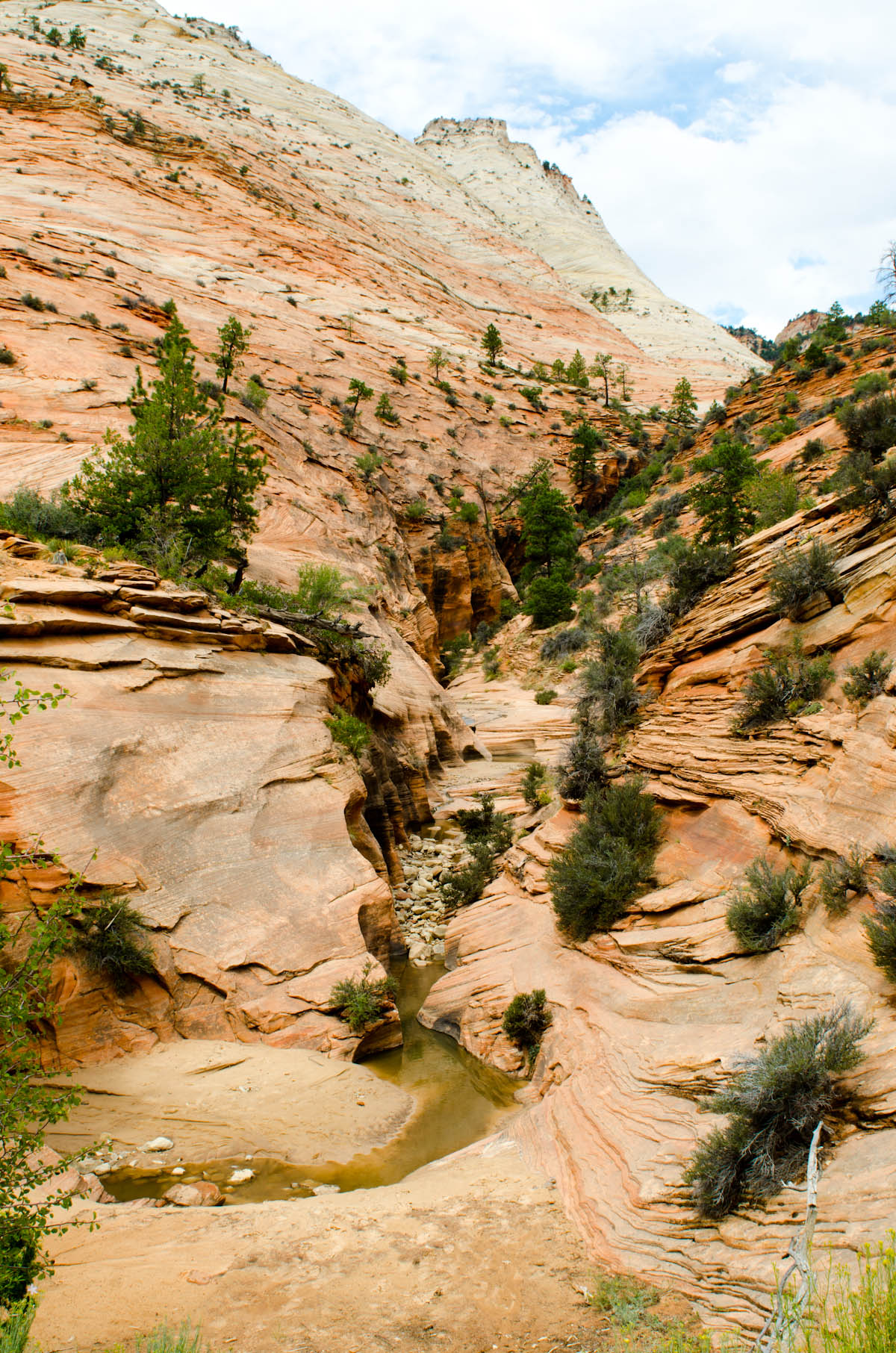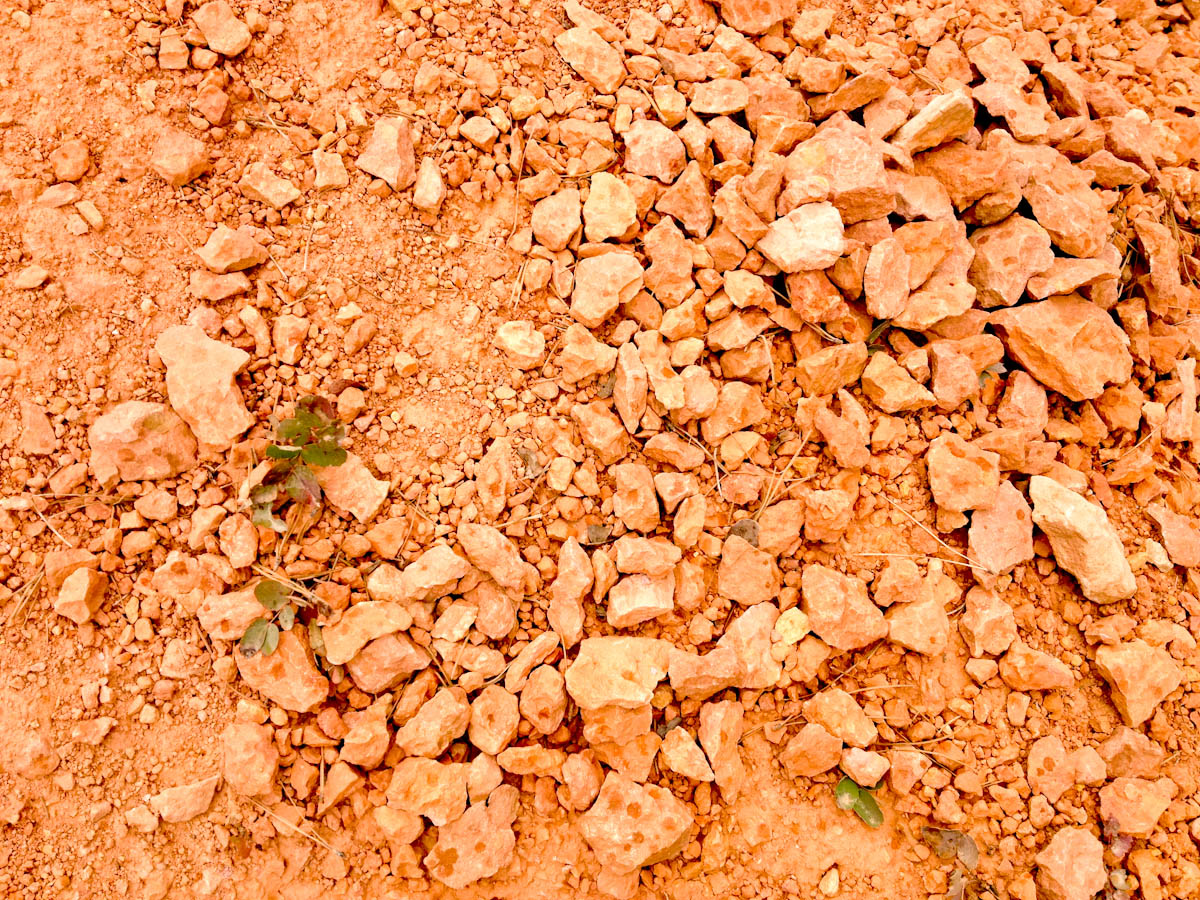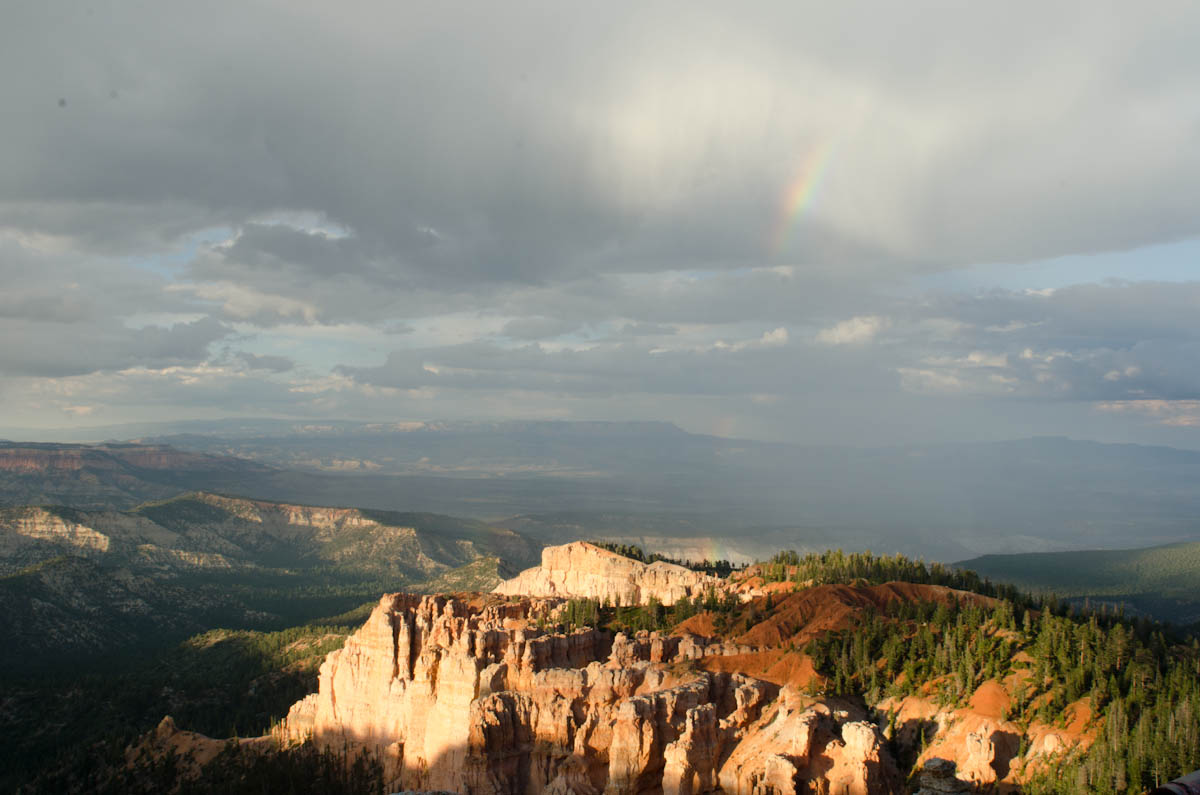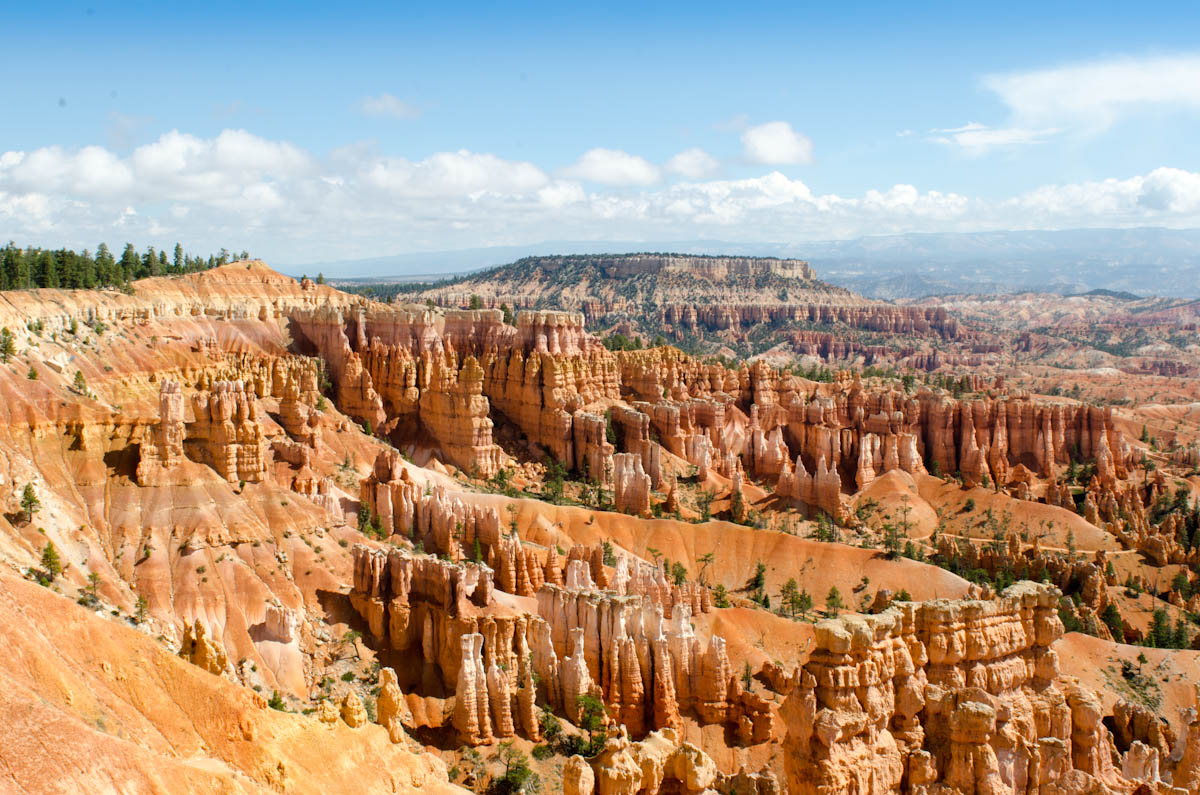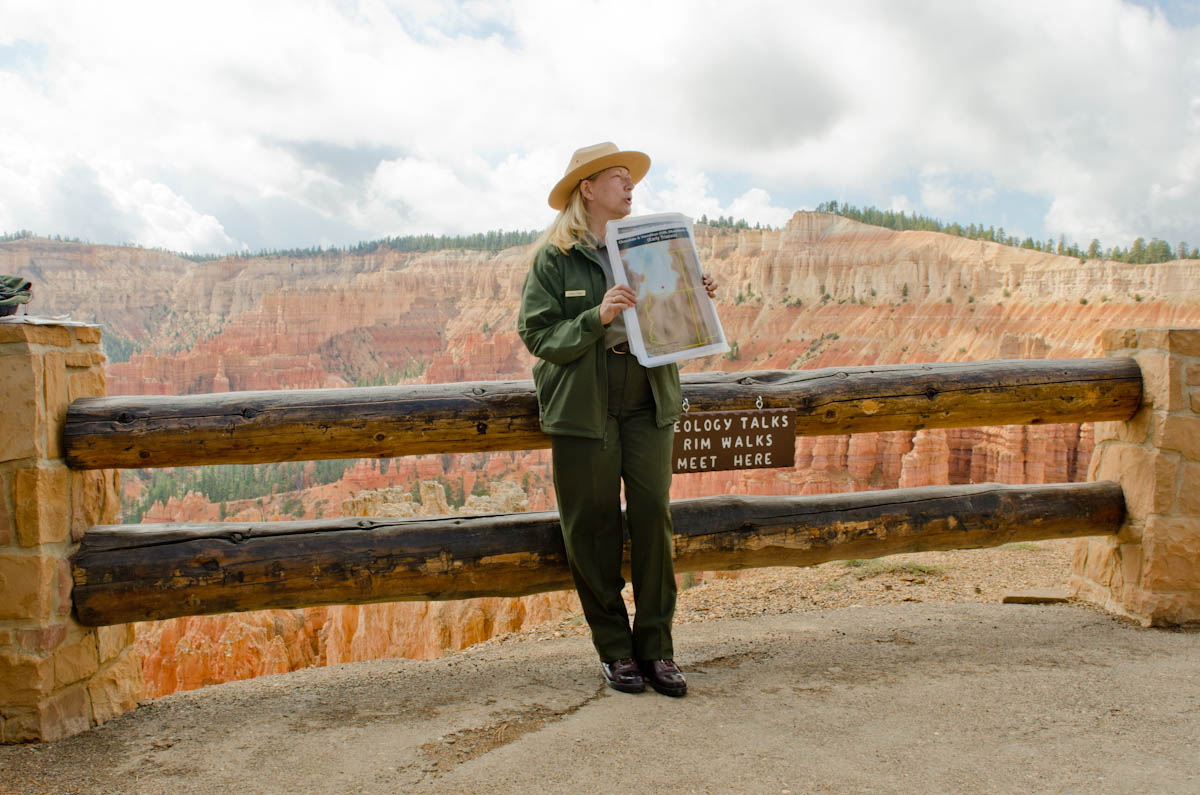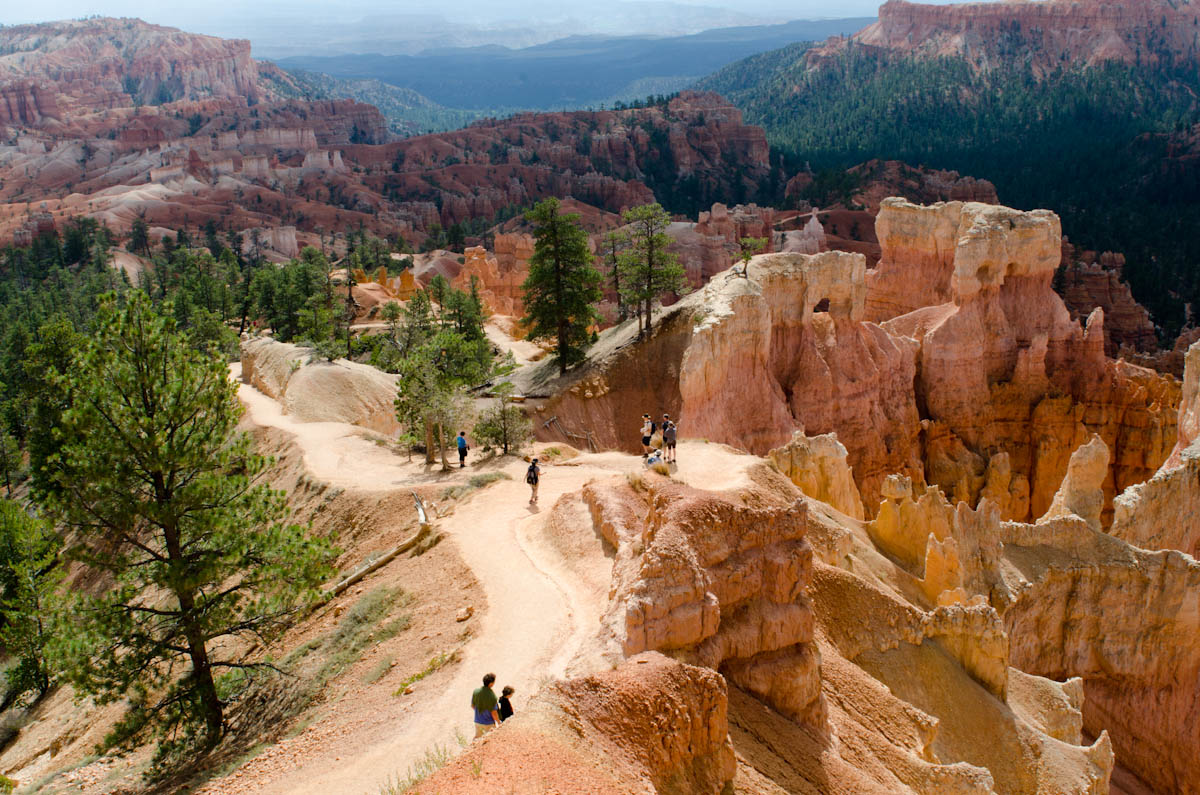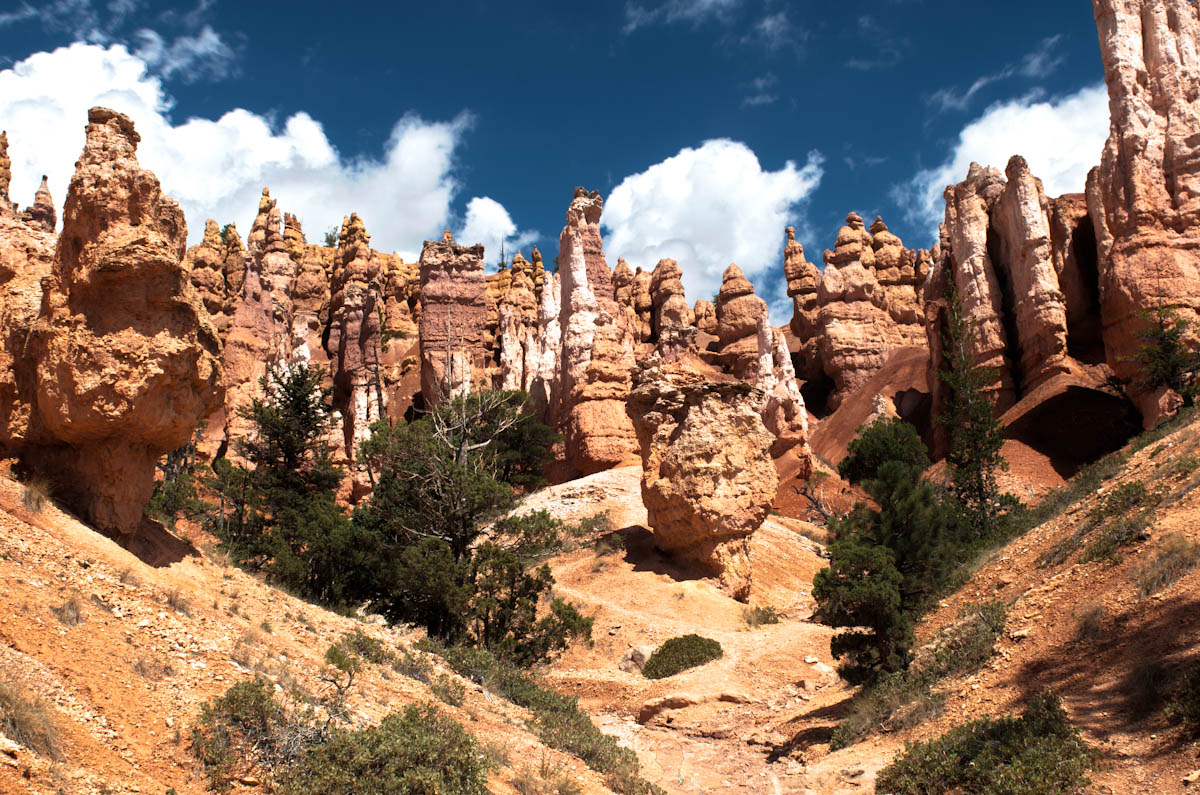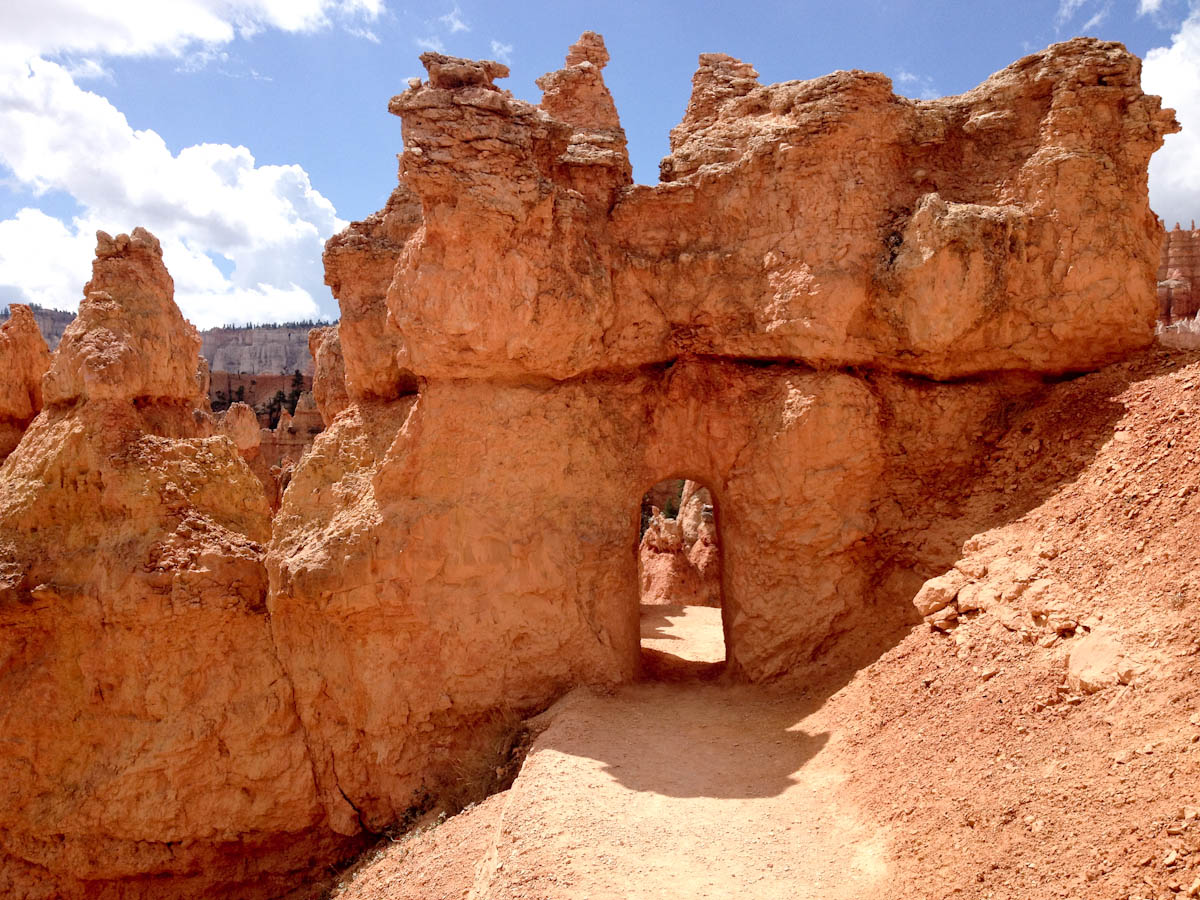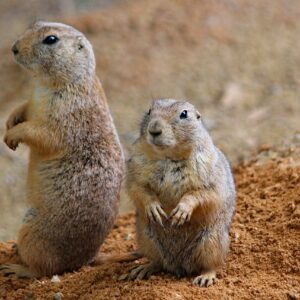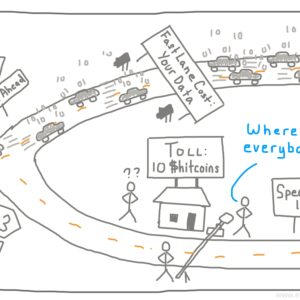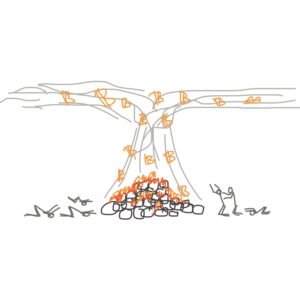Bryce Canyon National Park
I left Zion amidst intermittent bursts of sun showers. There is a long tunnel at the eastern end of the park which is like a wormhole to a very different type of scenery. From the sheer sculpted cliffs of the canyons before, you emerge into a landscape of sloped and shifting sandstone shale dotted with the few trees hardy enough to find purchase.
Once the shale had been left behind, the 90 miles to Bryce Canyon passed through some surprisingly green countryside. Cliffs and mesas of reddish rock, however, loomed ever closer on the horizon. The road finally turned and it wasn’t long before I’d rounded a bend and found myself surrounded by minarets the color of a blushed tangerine, called Red Canyon. I stopped and scrambled up the fractured rock and dirt hillside for a better view of the strange spires. It was a neat and surreal world, where the towers looked like they would crumble to the ground at the slightest provocation, leaving nothing behind but piles of rubble.
As it turns out, Red Canyon is really just a brief preview of what was to come at Bryce Canyon. I continued on to the campsite, set up for the night, and donned my rain suit again for an evening ride into the park to see what I was to hike the following morning.
In between bouts of lightening and drizzle, I looked out into the failing light over a vast landscape that had melted away over millions of years. I stood at the edge of a large basin which dropped for hundreds of feet to a crooked, jagged valley floor but left behind thousands of misshapen rock pillars along the slope. They held their posts firmly like sentinels frozen in place and awaiting their final rest. In some areas they were clean and crisply cut into orderly rows and in others they looked disorganized, slumped, and defeated by the ravages of time.
When I returned in the morning the sun gave the spires, called “hoodoos,” a more cheerful feel.
Curious about the surrounding landscape, I attended a geology talk given by a park ranger. For starters, Bryce Canyon is not a canyon… let’s get that out of the way. It is part of the same Grand Staircase of ancient sandstone as everything else down to the Grand Canyon. Bryce, though, is at the very top of this staircase (over 9000′ high), and, because it isn’t actually formed by a river, it is actually more appropriately called an amphitheater.
Instead of the steady directional flow of a river, the hoodoos are formed from the surrounding rock by the repeated incidences of rain/freeze/thaw cycles wearing away at the brittle sandstone. Because different layers are more resistant to weathering than others, these form caps around which everything else is eroded, leaving the strange hoodoo legions. The weathering process is, relative to geologic time, quite rapid. Elderly visitors to the park apparently recall crisper, cleaner hoodoos from their early visits and the rim trail needs to be redone every few decades as the amphitheater slowly widens each year.
I’d eventually seen and heard enough, and needed to descend into the “canyon” to check it out for myself.
The hoodoos were named, from the word voodoo, after their human-like appearance and the haunting tone of their stance. Native American creation myths describe a village of people who took advantage of their special powers to lord over their neighbors and were punished to stand for eternity frozen in place. Regardless of their formation, there are times on the trail where there is no one around but the trees, the hoodoos, and the eerie caw of ravens flying overhead and you can almost imagine the truth of it all.
I took the Queen’s Garden to Navajo to Wall Street loop and passed slowly through the weird landscape, stopping for lunch atop a ridge with a good overlook. I was able to take my time and really enjoy the hike, which wasn’t otherwise very strenuous. At times, the trail actually bored through the hoodoos themselves:
Overall, Bryce Canyon inspired wonderment and a hair raising feeling of strangeness but it wasn’t terribly hard to leave. There is no way to experience some parks fully in just a day but I was more happy with my half day hike through the “canyon.” It’s really an issue of depth of experience… once you’ve seen the first three hundred hoodoos, they begin to all take on a similar character. That said, it’s still a beautiful place to visit and a true inspiration for the imagination.

